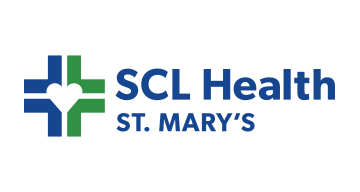
Many infusion centers currently assign nurses to patients using a “push” system, where the day’s schedules are grouped with designated nurses before the day begins. While this gives the perception that each nurse has a relatively short and manageable queue of patients, it also creates unavoidable bottlenecks when a single patient arrives late or appointments take longer than expected.
Alternately, in a “pull” system, nurses may choose patients to take for their infusion appointments as they arrive. While the queue of patients appears longer under this system, it also moves faster. Nurses can avoid patient bottlenecks and only take patients when they have the bandwidth.
While many infusion managers have valid concerns about moving from a “push” to a “pull” system, the “pull” system promises to overcome common infusion scheduling roadblocks and yield powerful results. When implemented correctly, the “pull” system functions so that nurses, who have a diverse range of preferences for workflows and appointment types, can choose what they enjoy the most and perform the best. They can take breaks and finish their shifts on time, while patients also get seated for their appointments and treated more quickly.
In this presentation, LeanTaaS’ Ashley Joseph, Vice President of Client Services (iQueue for Infusion Centers) draws on her expertise in strategic service operations to explain why the “pull” system is the best infusion center staffing model. describe the best infusion center staffing model.
VIewers of this webinar will be able to:








Take the first step towards unlocking capacity, generating ROI, and increasing patient access.
If you work in the healthcare industry, or even if you’re just an interested observer, you don’t need a book to tell you that the financial pressure is on as never before. A perfect storm of circumstances is swirling together, one that will make survivability, not to mention profitability, a greater challenge for healthcare companies than we’ve seen in the modern era.
As with banks, retailers, and airlines, which had to rapidly enhance their brick-and-mortar footprints with robust online business models—it is the early movers eager to gain new efficiencies that will thrive and gain market share. The slow-to-move and the inefficient will end up being consolidated into larger health systems seeking to expand their geographical footprints.
Let’s look at just a few of the looming challenges healthcare must meet head-on.
An aging population
By the year 2030, the number of adults sixty-five years of age or older will exceed the number of children eighteen years or younger in the United States. We are living longer than our parents did. Positive news for sure, but problematic for several reasons.
The older we get, the more medical help we need. Older people have more chronic diseases. By 2025, nearly 50 percent of the population will suffer from one or more chronic diseases that will require ongoing medical intervention. This combination of an aging population and an increase in chronic diseases will create a ballooning demand for healthcare services.